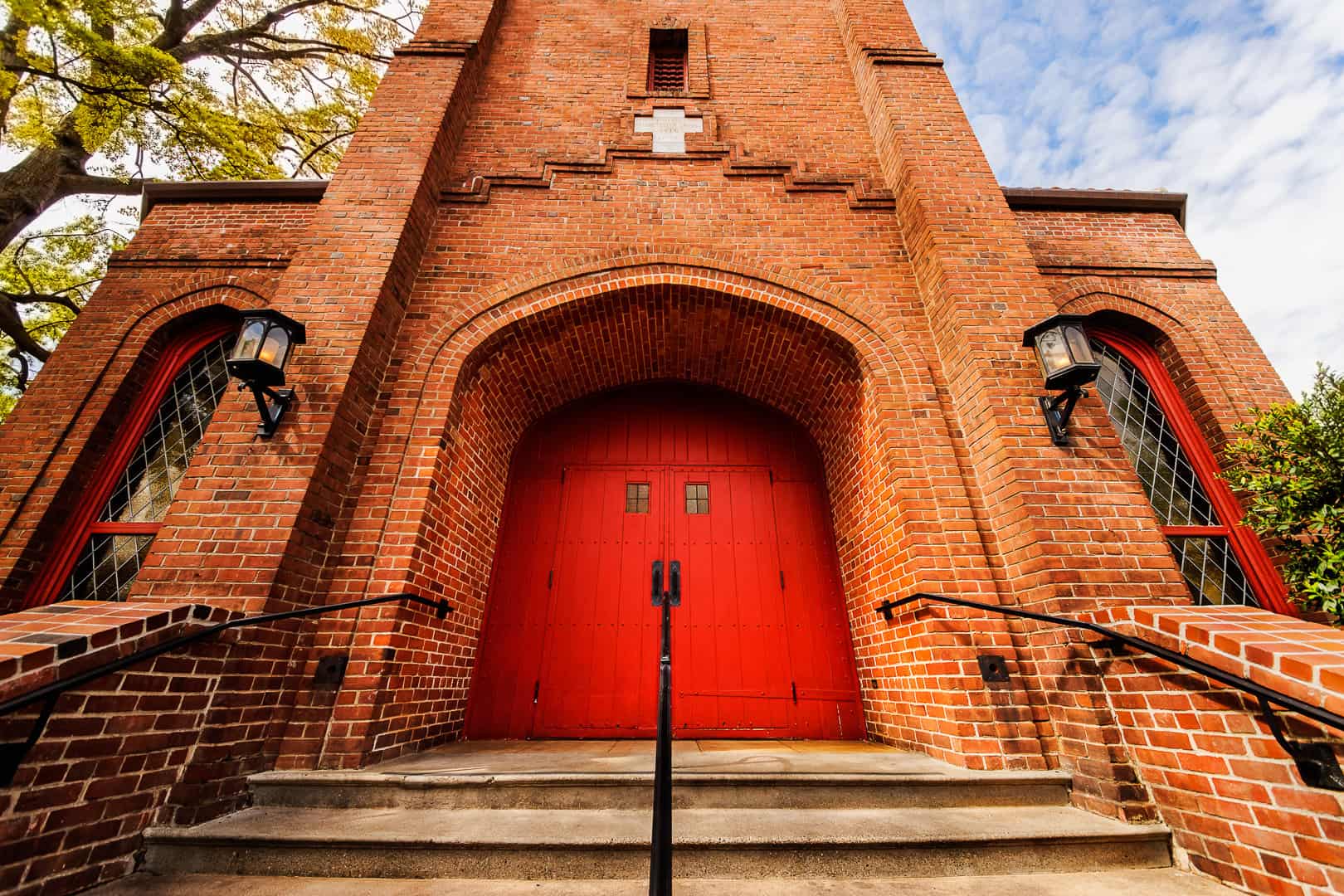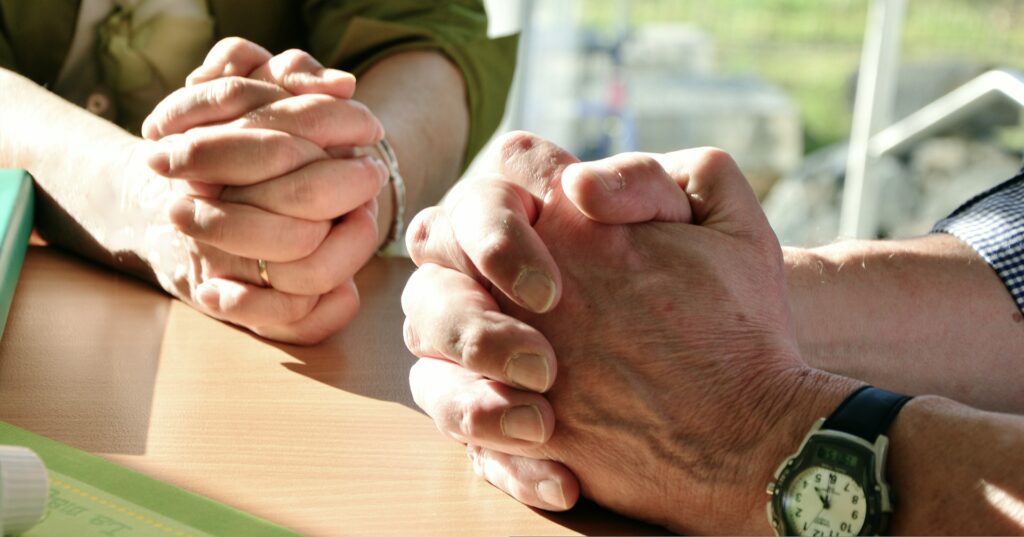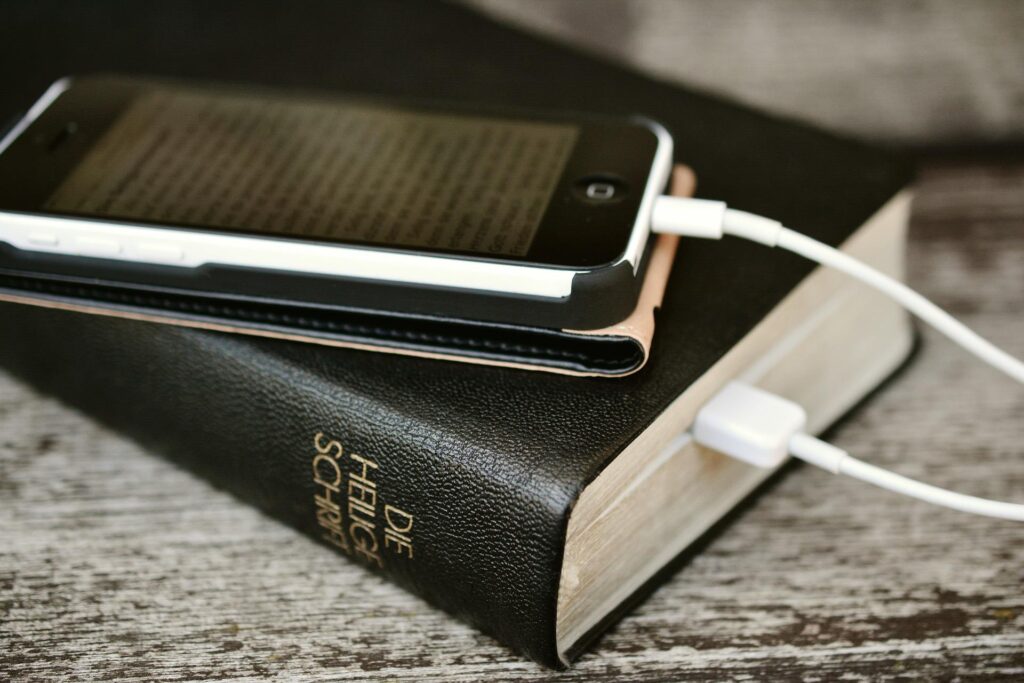Whether or not the United States will remain a nation comprised of a majority of self-identified Christians will be determined by several factors in the coming years. Birth rates will play a factor, but so will the practice of religious “switching”. The Pew Research Center defines Religious switching as a person voluntarily leaving a particular faith practice and switching to another, or as one leaving a practiced faith and choosing to practice none at all.
The study states:
Research has shown that religious switching tends to occur when people are younger, typically starting in their late teens. We estimate that between the ages of 15 and 29, 31% of Americans who were raised as Christians become religiously unaffiliated – a group that includes atheists, agnostics or those who describe their faith as “nothing in particular.” (This doesn’t necessarily mean they give up all religious beliefs. Many of these so-called “nones” believe in God or a universal spirit. But by a wide variety of measures of religion and spirituality, they tend to be less religious and less spiritual than Americans who identify with Christianity and other faiths.)
We also estimate that before turning 30, 21% of Americans who were raised with no religious affiliation convert, formally or informally, to Christianity.
The difference between those two percentages – 31% of Christians become unaffiliated, while 21% of unaffiliated Americans become Christian – might not seem large. But the difference actually is huge because of the imbalance in the size of the two groups: Many more Americans are raised as Christians than as “nones.”
When looking at the data from 80 different countries, including more secular European countries, the researchers noted that despite the trend of religion switching, those who were raised in Christianity and subsequently left had held steady at about 50%. While the data can provide some sense of current trends and future possibilities it does not foretell the future.
Alan Cooperman, the director of religious research at the Pew Research Center points out that:
The patterns we see in religious switching are a product of thousands of individual choices every day. Our projections are based on trends we currently observe. But as long as there is freedom of conscience in America, people can switch their religious affiliations in unpredictable ways.
Read the full article here.
Image Credit: Pamela Reynoso







